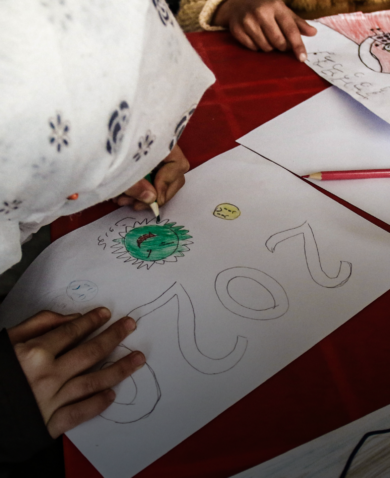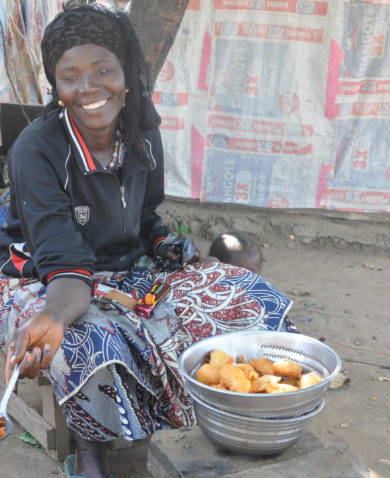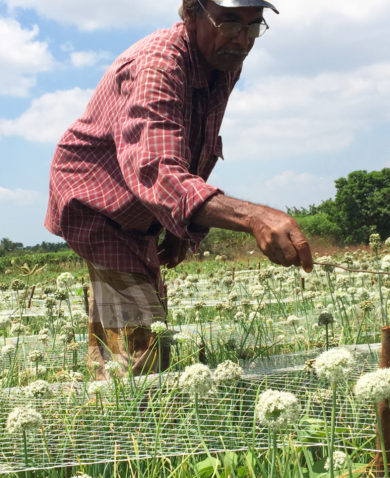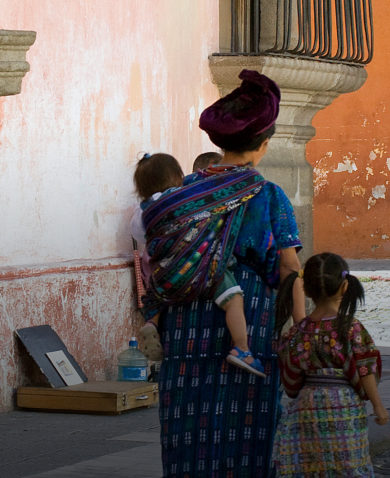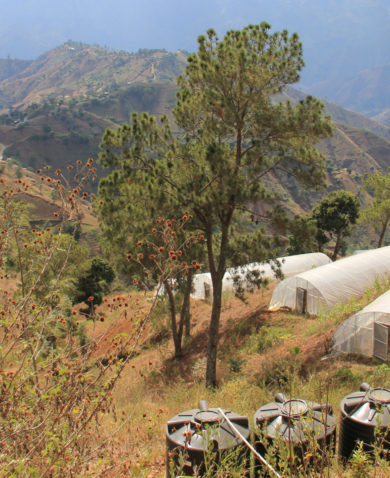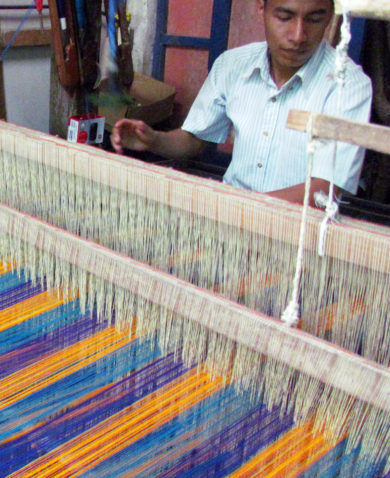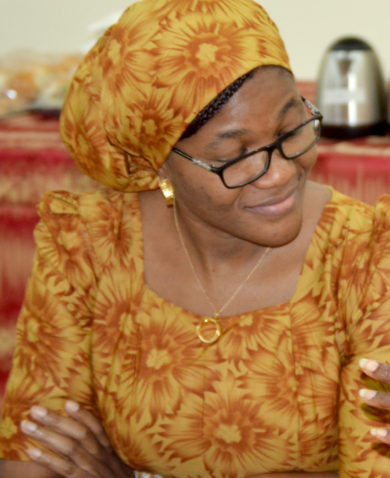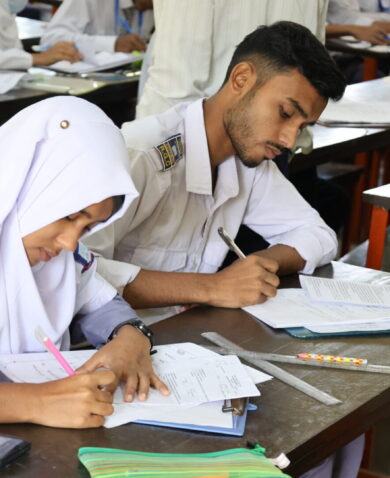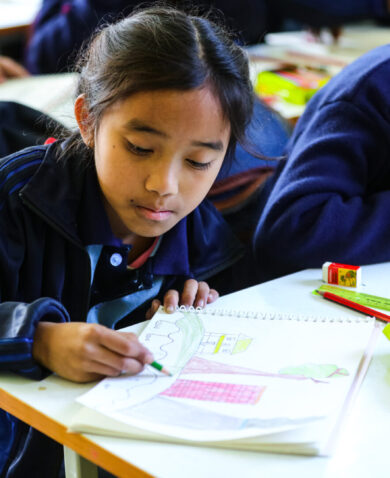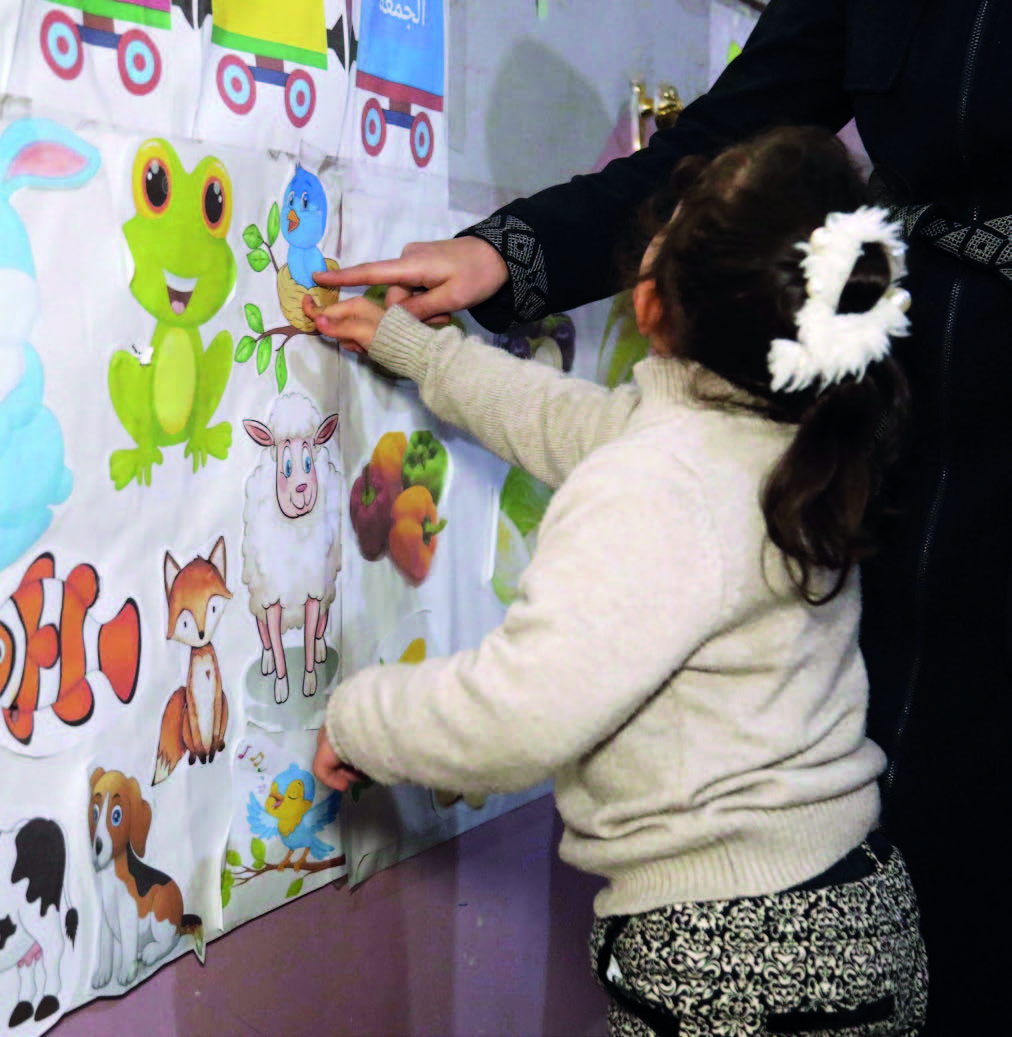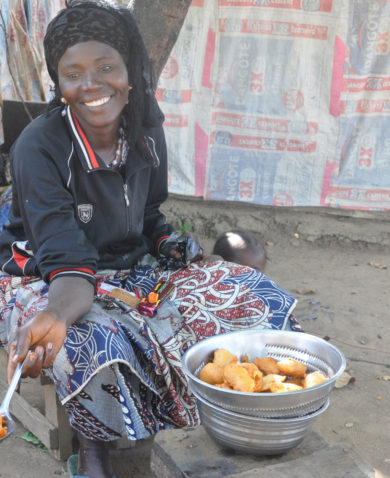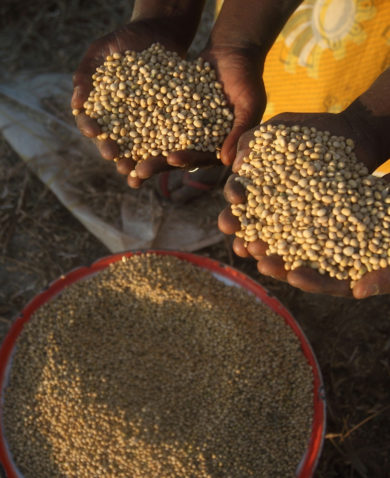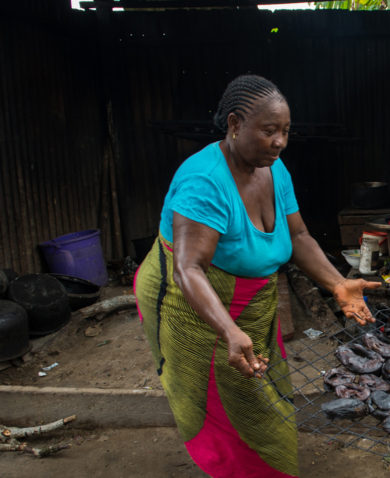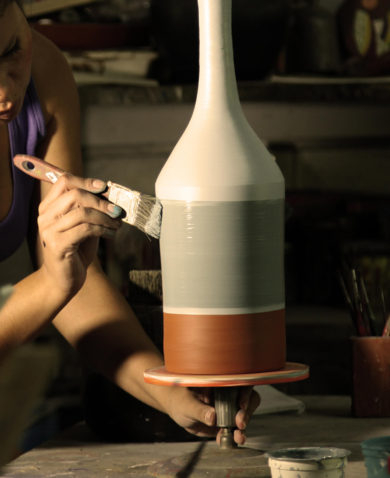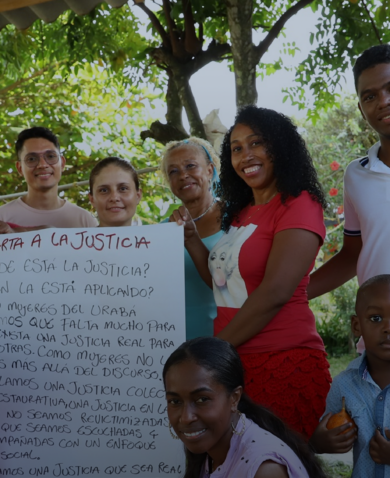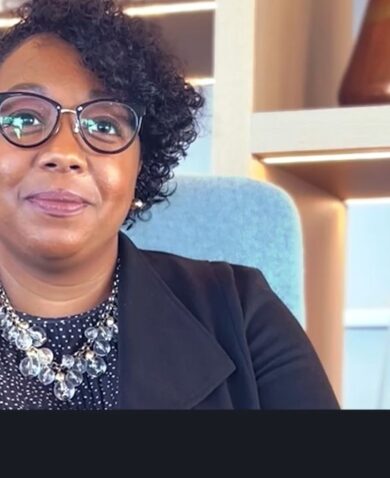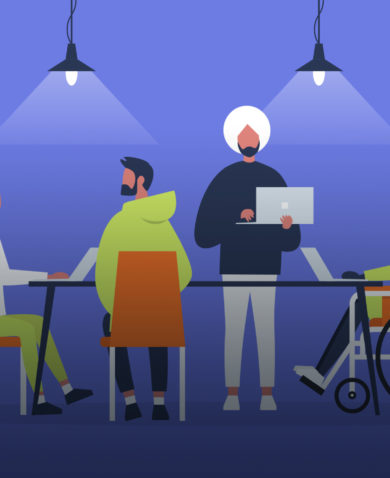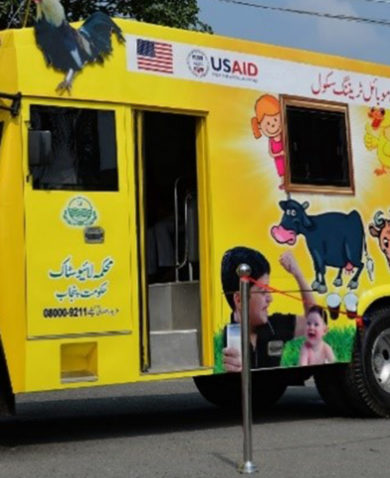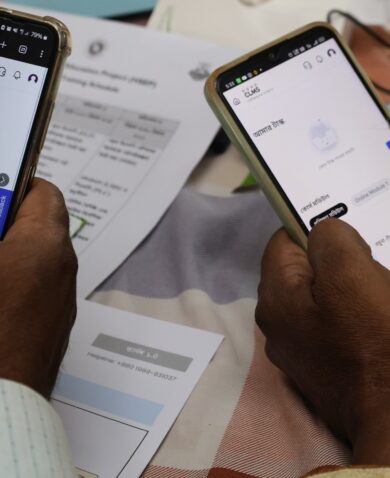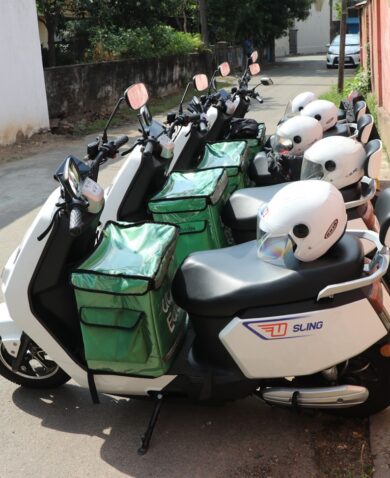
It’s Not the News, It’s You.
September 23, 2014 | 3 Minute ReadEven when the news is discouraging, it is important to unpack the facts, the frame, and the feelings to see the true story.
If you follow media reporting on women in Afghanistan — I do, but only in English — you probably experience a flood of violent emotions. Shock and revulsion at the seemingly endless string of brutal domestic and public attacks against women and girls. Fury that the police and courts often do nothing, or even protect the attackers. Disgust at the government’s capitulation to conservatives who want to roll back legal protections for women. Indignation that women are still a tiny minority of legislators and decision makers. Disillusionment, perhaps, that foreign intervention was supposed to fix all this but didn’t, and probably never could have. Fear that a Taliban resurgence could be just around the corner. Helplessness and hopelessness. Frustration at feeling helpless and hopeless. A twinge of relief that you’re not a woman in Afghanistan, followed immediately by guilt and shame for having such a thought.
Feeling beat up? Me too. It led me to take a closer look at why media stories on women in Afghanistan often throw me into such emotional turmoil.
- First, it’s personal. I’m a woman, I’ve visited the country several times, and I care, but I feel powerless to help and guilty about feeling powerless. Double whammy.
- Second, it’s professional. Having worked as a reporter, and working now as a development writer, I’m dismayed by stories that evoke shock but skimp on facts, context, and follow-up — stories that reinforce gender and culture stereotypes even while addressing serious issues (Bollywood, here we come) — or stories that portray women’s achievements as miraculous exceptions to the iron rule of patriarchy.
- Third, it’s political. Since international forces ousted the Taliban government in 2002, the dominant good-versus-evil narrative has mostly ignored the Afghan people or cast them as cardboard cutouts in a lurid drama. As scholars and commentators persistently point out, the “savior narrative” has deep historical roots and is imperialist, racist, and sexist.
Fortunately, there are explanations for all these bad feelings, and even some modest fixes.
- Media consumers feel guilty and powerless when stories are framed in a way that makes problems seem intractable. While positive stories about Afghan women are published every day — subscribe to the Network for Afghan Women List for a daily sampling of stories both uplifting and upsetting — we may be primed to believe that the awful stories represent the norm due to their frequent appearance and their congruence with some of our “mental models” — shortcuts for understanding the world based on previous experience and exposure. Among other resources, tutorials and studies by the FrameWorks Institute explain how we interpret new information based on what we already know (or think we know). While we can’t change what the media say or how they say it, we can become more aware of our own biases and learn to spot stories that deliberately or unintentionally push our buttons.
- We can all learn to recognize and resist stereotypes. Author Fariba Nawa says it’s time to stop “knee-jerk blaming” of Afghan men and culture and calls for deeper, more nuanced reporting on violence against women. A resource like the Inter Press Service’s Handbook on Reporting Gender-Based Violence helps us understand the different types of GBV and the importance of reporting it comprehensively and sensitively rather than for shock effect. Beyond violence, tools like the IPS Gender and Development Glossary can help both readers and reporters diagnose whether a story is gender-blind, gender-sensitive, or gender-aware. We can call out the offenders — write a letter to the editor, phone in to a radio or TV show, fill in that online comment box, raise a ruckus on social media.
- Apart from politics and war, life goes on in Afghanistan. Most of the women I met on my last trip don’t make headlines, but they’re certainly making a difference, often with activities that would be taken for granted elsewhere — launching campaigns against street harassment and other abuses, running successful businesses, chipping away at the glass ceiling in politics and government, participating in sports, creating poetry and art. We can take a cool, dispassionate look at how much — or how little — of women’s real lives we see via the media through the lens of the Global Media Monitoring Project. Every five years since 1995, volunteers have taken a one-day snapshot of the media in participating countries to learn whether and how women are represented. While Afghanistan was not among the 108 countries participating in the 2010 GMMP or in previous rounds, including it in the 2015 GMMP would benchmark women’s visibility as foreign troops withdraw and development assistance shrinks, possibly forcing some progressive outlets to change or close down. A 2012 report on the state of the Afghan media sums up the business, political, and security risks to the sector over the next few years.
Next time I read one of those stories that make me want to bury my face in my hands, I’ll try to remember that there are two of us involved — the story and what I bring to it — and to work harder to unpack the facts, the frame, and the feelings.


